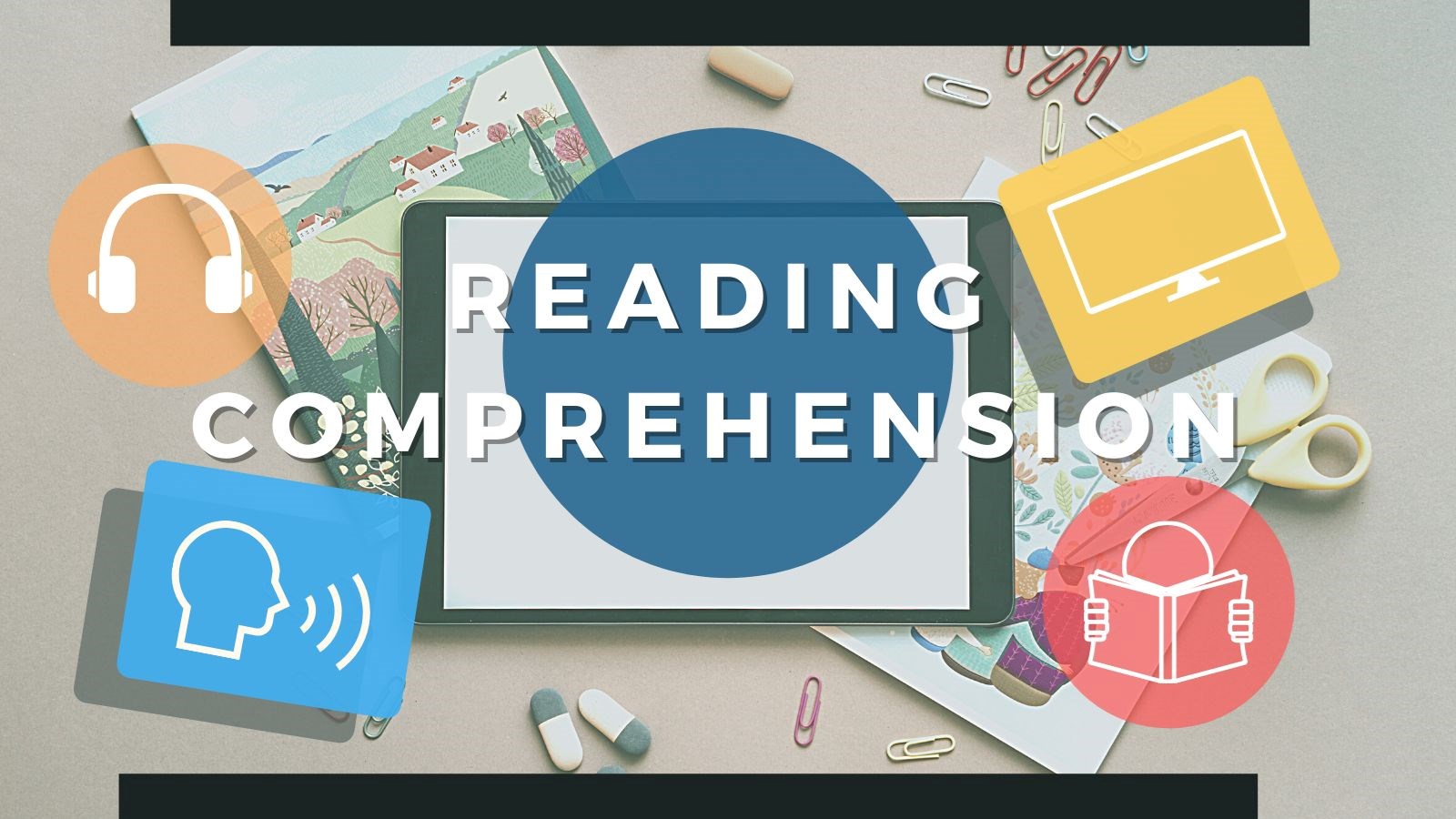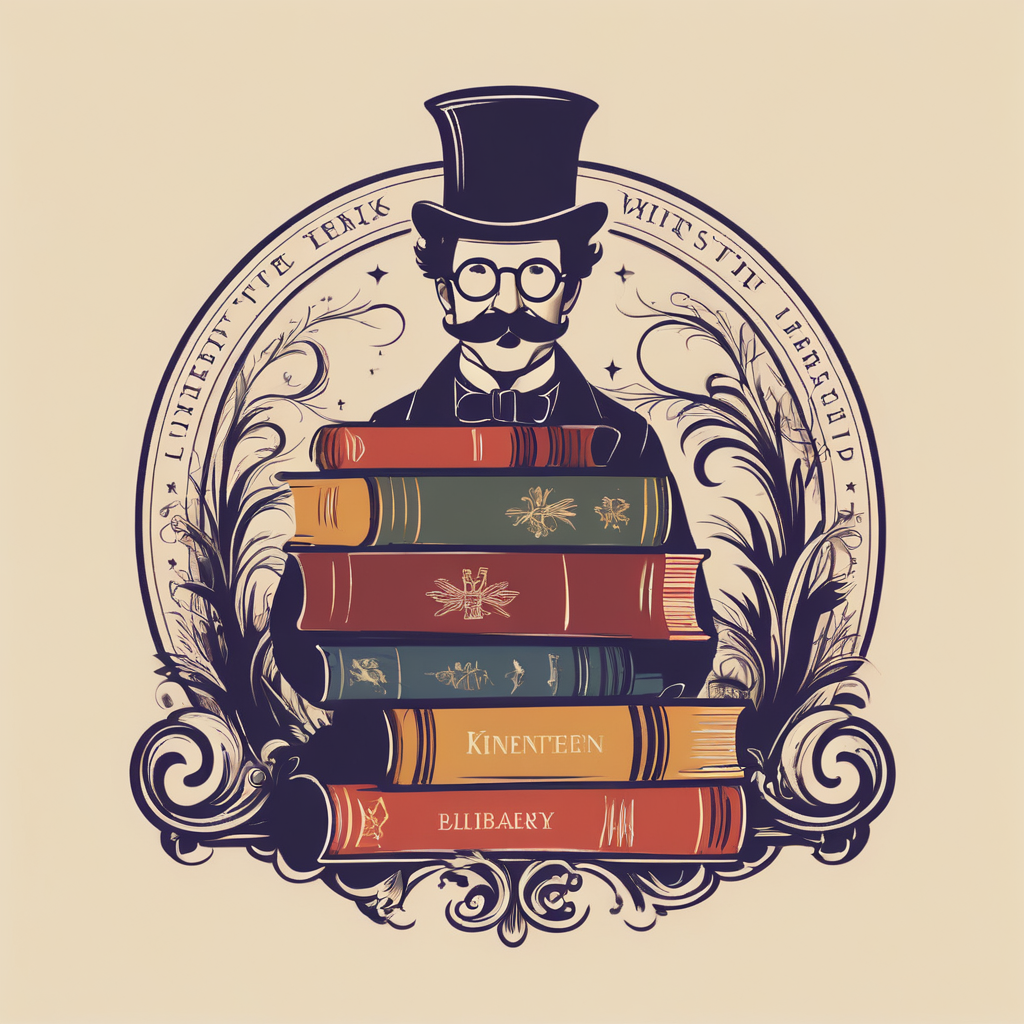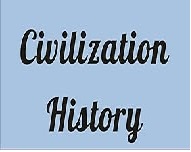
- Teacher: Meryem Hinde Boubris
- Teacher: Nassima Dib
- Teacher: HADDAM BOUABDALLAH Fayza

- Teacher: Rahmouni Amel
- Teacher: Nassima Dib
- Teacher: HADDAM BOUABDALLAH Fayza

- Teacher: Nassima Dib
- Teacher: HADDAM BOUABDALLAH Fayza
- Teacher: Ouldji Wassila

The modules covers the survey of British and American literatures from the eighteenth century to the nineteenth century. It begins with an exploration of the age of reason and the Enlightenment as a cultural revolution. The main philosophical concepts are presented to students to familiarize them with the leading ideology of the age (zeitgeist) and to prepare them for the new cultural phenomenon in the eighteenth century. The study of the novel is followed by the study of its basic elements and method of analysis. The student is thus familiarized with the basic concepts and is trained on thinking and writing about them.
The remaining lectures of the first semester include the drives that have led to the rise of Romanticism, its basic principles, major figures, and literary works. The movement is tackled to raise the student’s awareness of the different movements that build up the British literary canon as well as the literary forms they were expressed in.
Realism as a literary movement is also covered, its basic aspects and famous authors.
The syllabus of the second semester is based on American literature as a main field. It begins with what is known as the Colonial period of American literature, where texts were written by British settlers in the American continent. The second part of the syllabus explores American Romantic fiction as a reflection of the historical and cultural situation in America during the eighteenth century, merely the civil war and expansion. These are represented in a humorous and romantic narrative of Washington Irving, which also allows students to study the short story genre. The analysis also covers American gothic literature by Edgar Allan Poe. The semester ends in a study of Realism in America, merely Henry James’ Daisy Miller as an example of the American expats in Europe during the late nineteenth century.
When the two semesters are completed, the students will have had acquired the basics of both British and American literatures, leading figures, and key concepts in literary analysis, as well as their critical thinking.
- Teacher: Nassima Dib
- Teacher: HADDAM BOUABDALLAH Fayza
- Teacher: Mengouchi Meryem

- Teacher: Ghizlane Benabderrahmane
- Teacher: Nassima Dib
- Teacher: HADDAM BOUABDALLAH Fayza
